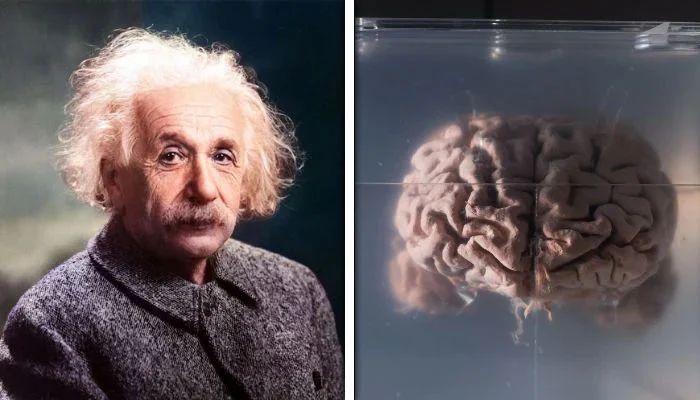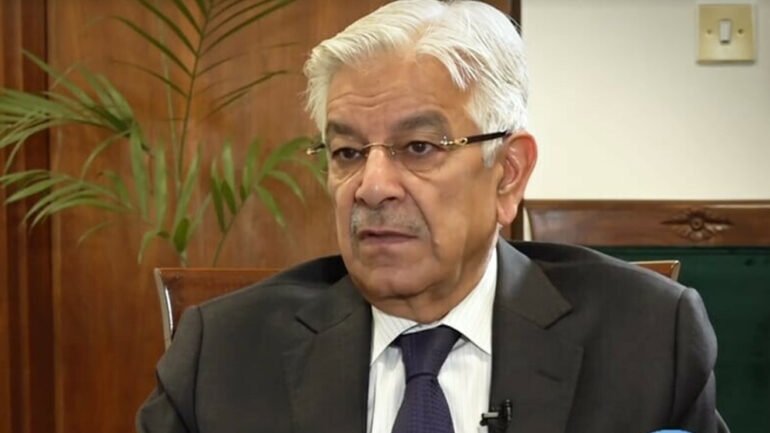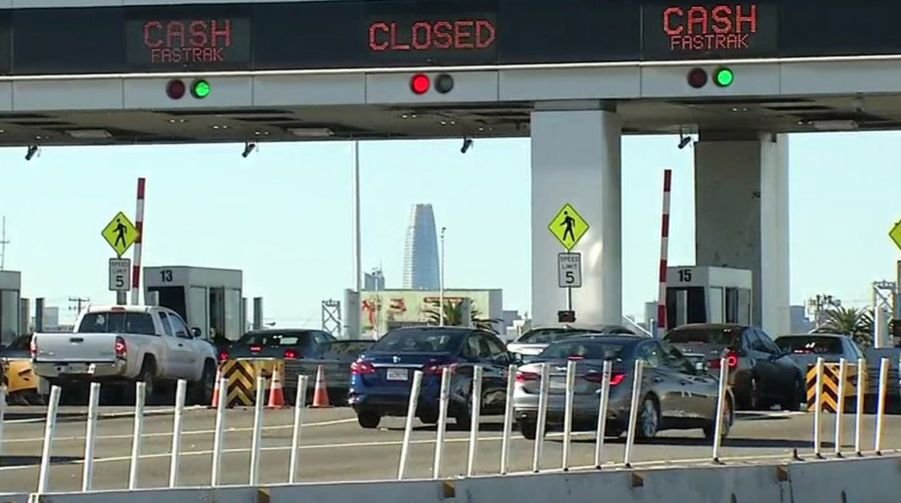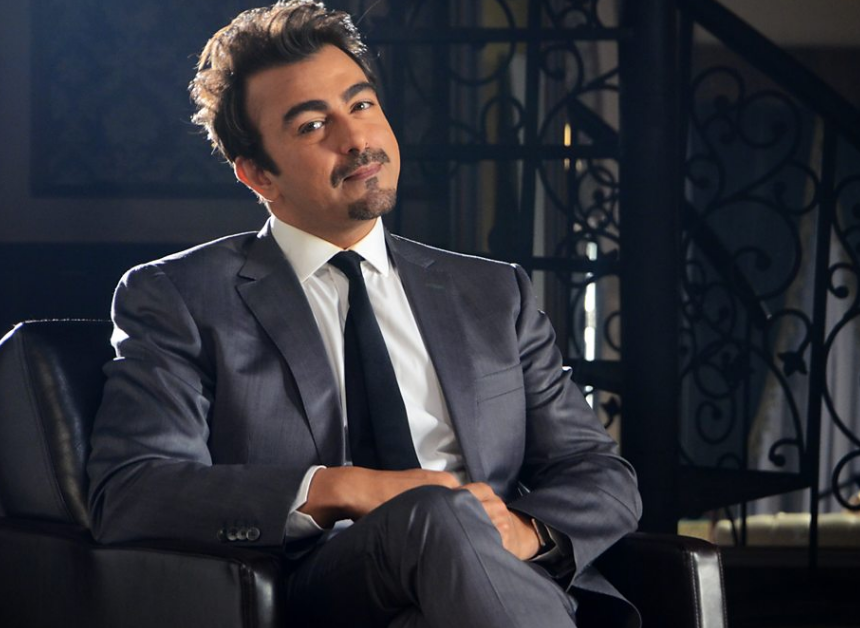Who stole Einstein’s brain and why?
When the world’s most brilliant scientist, Albert Einstein, died on April 18, 1955, at Princeton Hospital in the US state of New Jersey, no one had any idea that an event was going to happen that day that would shake the world. At the time of Einstein’s death, the hospital’s pathologist, Dr. Thomas Harvey, took an extraordinary step during the autopsy and quietly removed the brain of the world’s most brilliant man.
This was no ordinary theft, but the madness of a scientist. Dr. Harvey’s madness revolved around only 1 question: ‘Why was Einstein such a genius?’ What was so special about his brain that made it different from other humans?’
When the hospital administration came to know about this, Thomas Harvey was fired from his job, but surprisingly, he flatly refused to return the brain and took the brain with him without the permission of Einstein’s family. He kept Einstein’s brain for 40 years. 20 years after the theft, after getting permission from Einstein’s son, Hans Albert, Dr. Thomas Harvey started researching the great scientist’s brain, and then he cut the brain into 170 pieces. He preserved these pieces in a special chemical and then sent them to neuroscientists around the world for research. In the last years of his life, Dr. Thomas Harvey kept several jars with him in his car and travelled around the country. He would meet scientists and give small pieces of the brain as gifts. Thus, some of his parts went to private collections and laboratories.
Various reports indicate that research has found that some parts of Einstein’s brain were larger and more complex than those of ordinary humans, especially those related to mathematics, analysis, and creative thinking. After Dr. Thomas Harvey died in 2007, two large jars containing the remains of Einstein’s brain were found in his home. These parts were later given to Princeton Hospital and the Mütter Museum in Philadelphia. Today, two of these small pieces on slides are on public display at the Mütter Museum in Philadelphia USA which even today amaze people who see that this is the brain that changed the laws of time and space and whose theft changed the world of science forever.
The rest of the brain is safe but out of public access, with only a few researchers having access to it. In total, about 120 parts of Einstein’s brain still exist worldwide, but no one knows where the rest of the brain is.
Read also: Can football head-hitting impact the brain?















